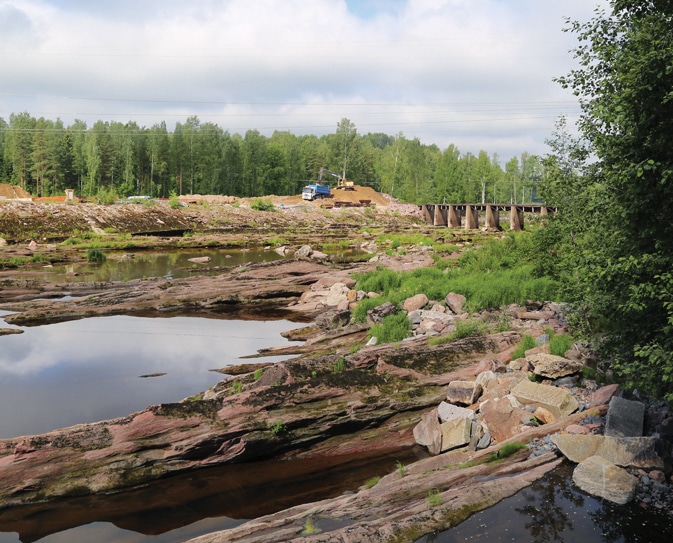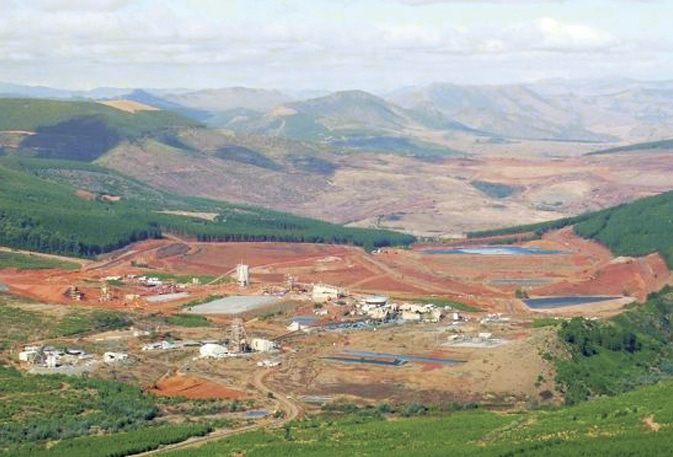Environmental impact across Norilsk Nickel’s foreign operations
Norilsk Nickel Harjavalta
The Company has all the necessary environmental permits and operates a certified integrated management system that meets the requirements of ISO 9001, ISO 14001 and OHSAS 18001.
Norilsk Nickel Harjavalta’s main environmental impact consists in the emissions of ammonia (NH3) and nickel (Ni), and discharges of nickel, sulphates (SO42) and ammonia ions (NH 4 +). In 2018, Norilsk Nickel Harjavalta met all permit requirements for emissions, discharges and waste disposal volumes. Lower waste volumes in 2018 (down 2.7 kt y-o-y) are a result of switching to the Company’s feedstock that is less contaminated with impurities as compared to third party materials.

| Item | 2016 | 2017 | 2018 |
|---|---|---|---|
| Industrial wastewater, '000 m3 | 771 | 899 | 988 |
| Pollutants in industrial wastewater, t | |||
| Ni | 0.4 | 0.5 | 0.6 |
| SO42 | 22,457 | 25,853 | 30,189 |
| NH4 + (rebased to nitrogen) | 49.5 | 60.3 | 69.6 |
| Total water consumption, mcm | 10 | 11.1 | 11.8 |
| Air pollutant emissions, t | |||
| Ni | 1.6 | 1.7 | 1.2 |
| NH3 | 70 | 69 | 84 |
| Waste generation, kt | 7.0 | 5.5 | 2.8 |
| Waste disposal, kt | 0.8 | 0.8 | 1.1 |
Nkomati
The company is required to comply with both national environmental regulations and Norilsk Nickel Group's corporate standards. Nkomati pays close attention to environmental safety, is certified and regularly audited for compliance with ISO 14001.

| Item | 2016 | 2017 | 2018 |
|---|---|---|---|
| Total water consumption, mcm | 0.333 | 0.064 | 0.429 |
| Waste generation, t | 921 | 431 | 358 |
| Waste disposal, t | 1,611 | 845 | 725 |
| Environmental expenditures, USD mln | 0.42 | 0.27 | 0.31 |